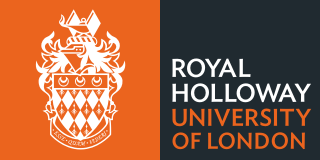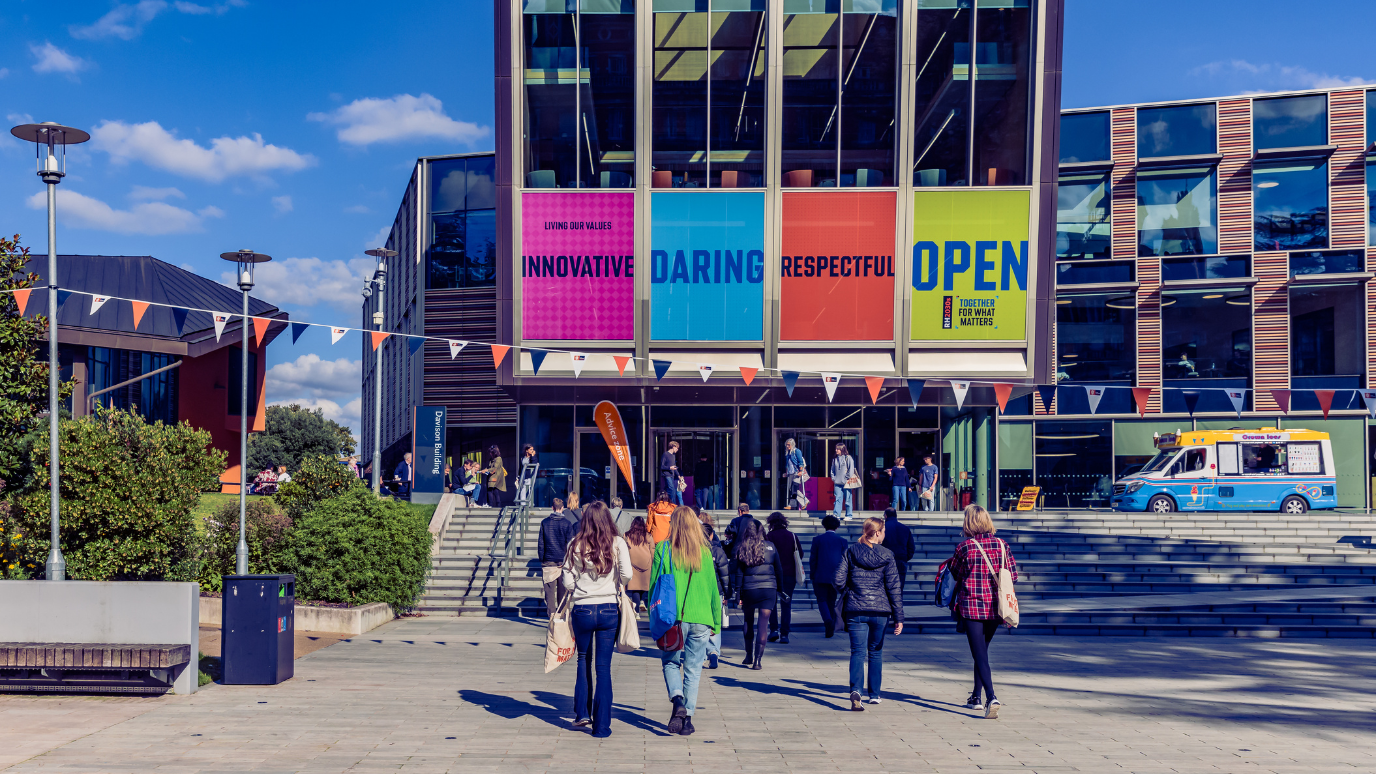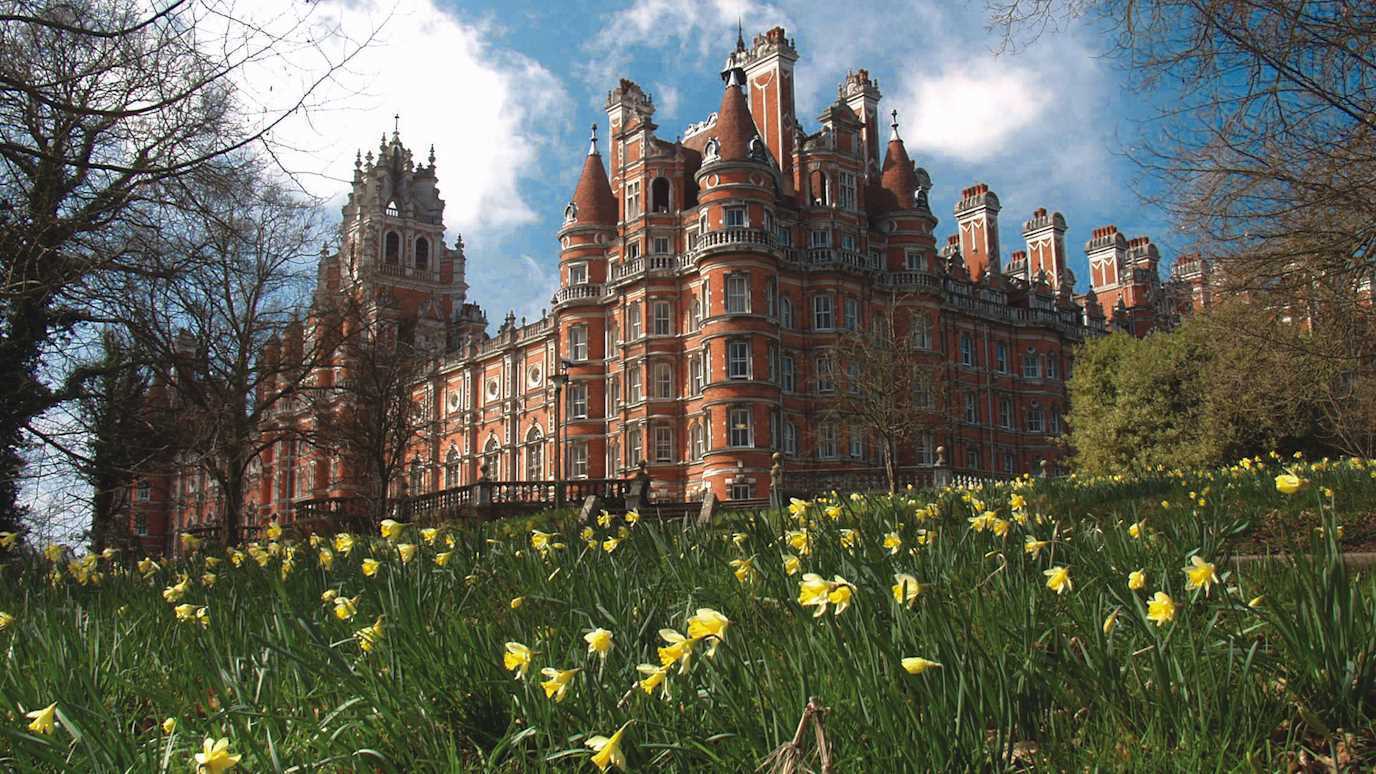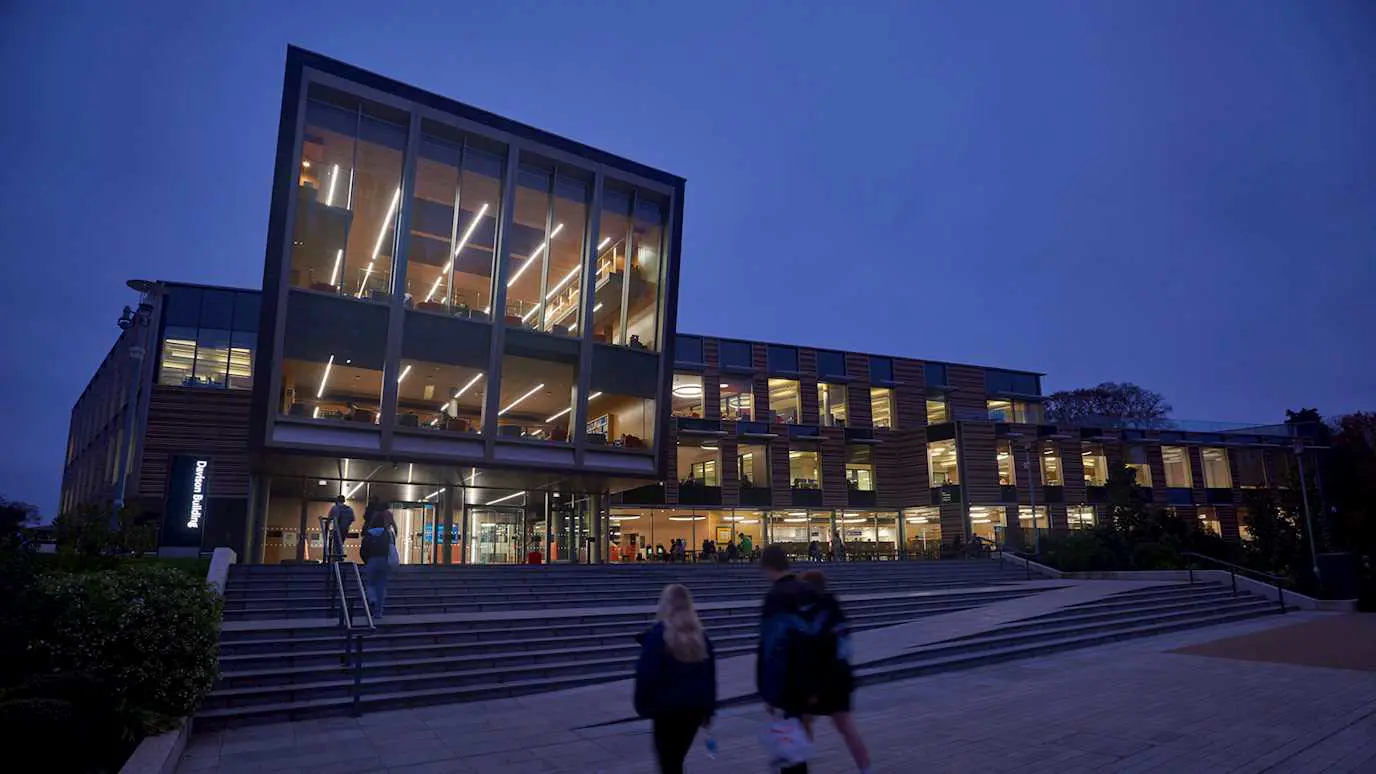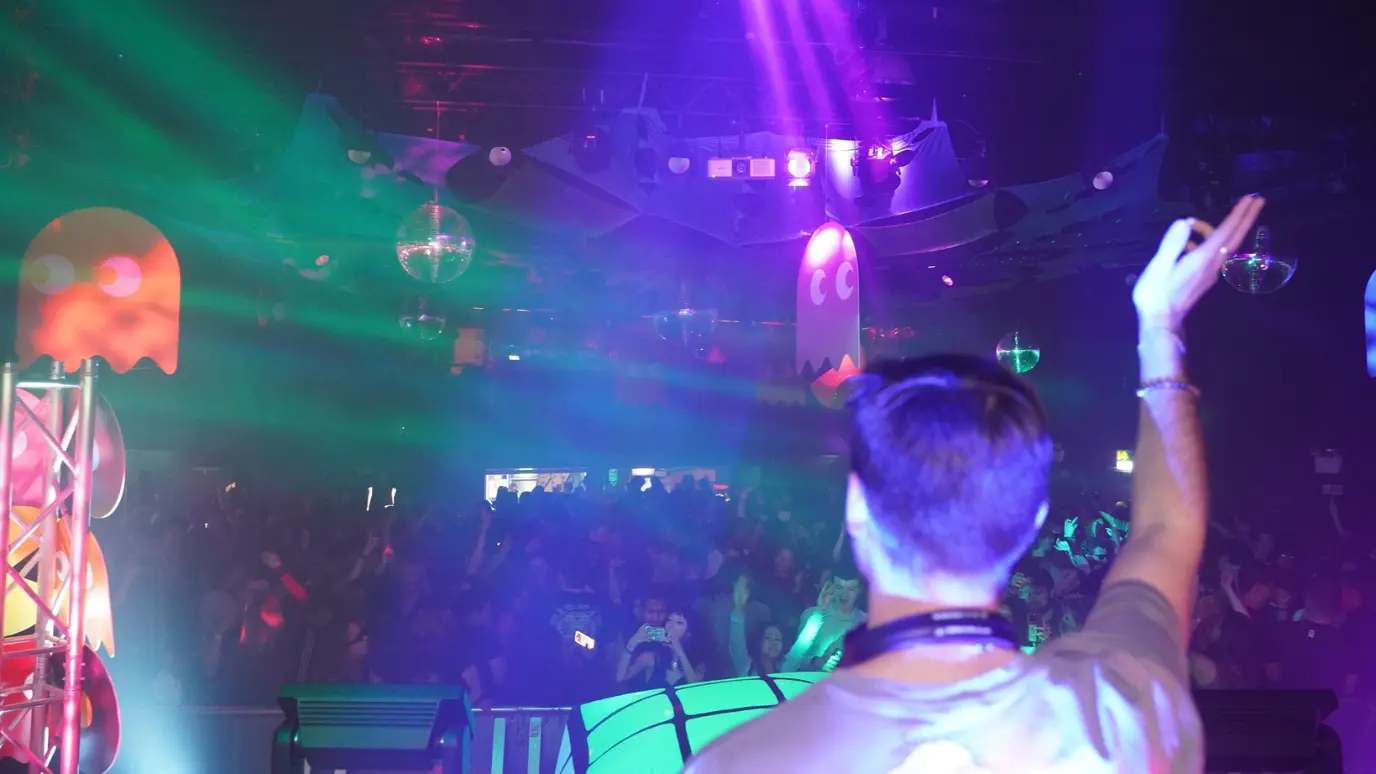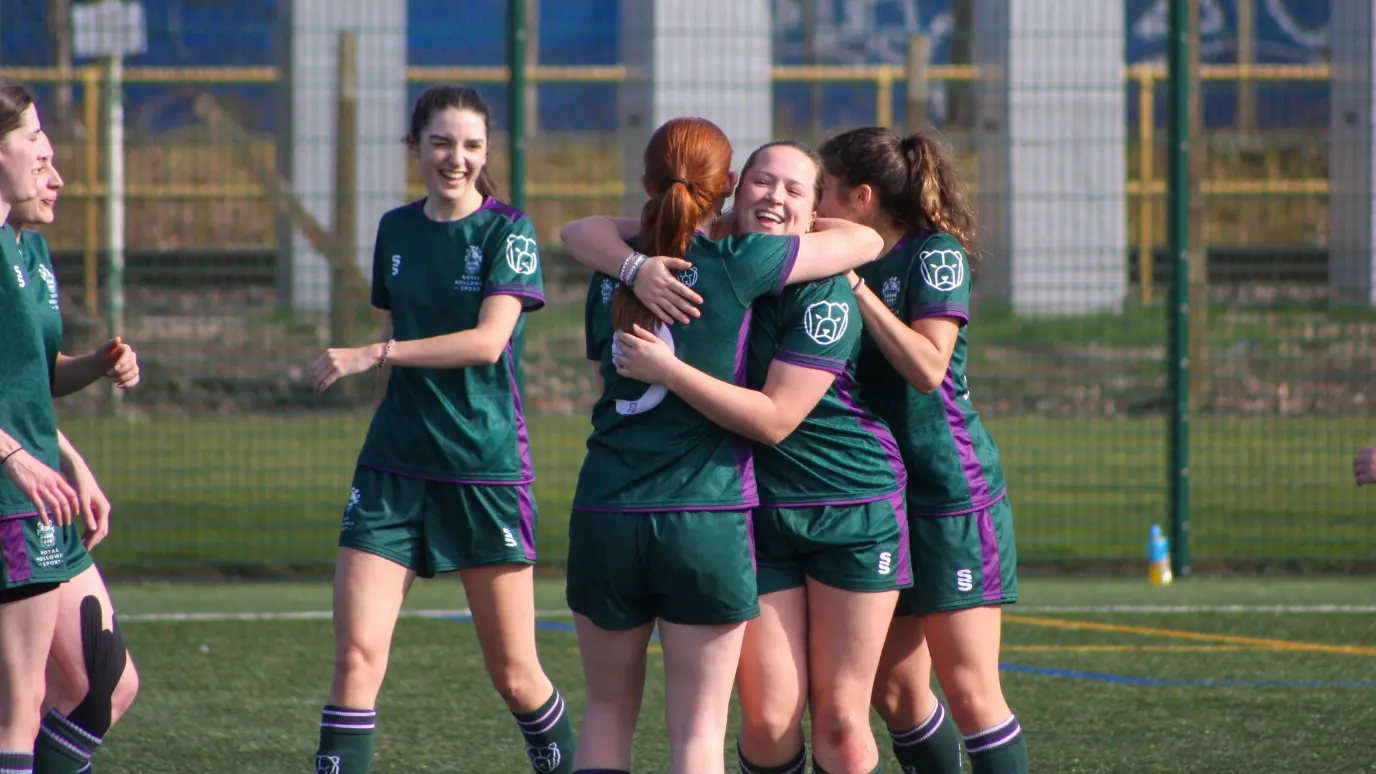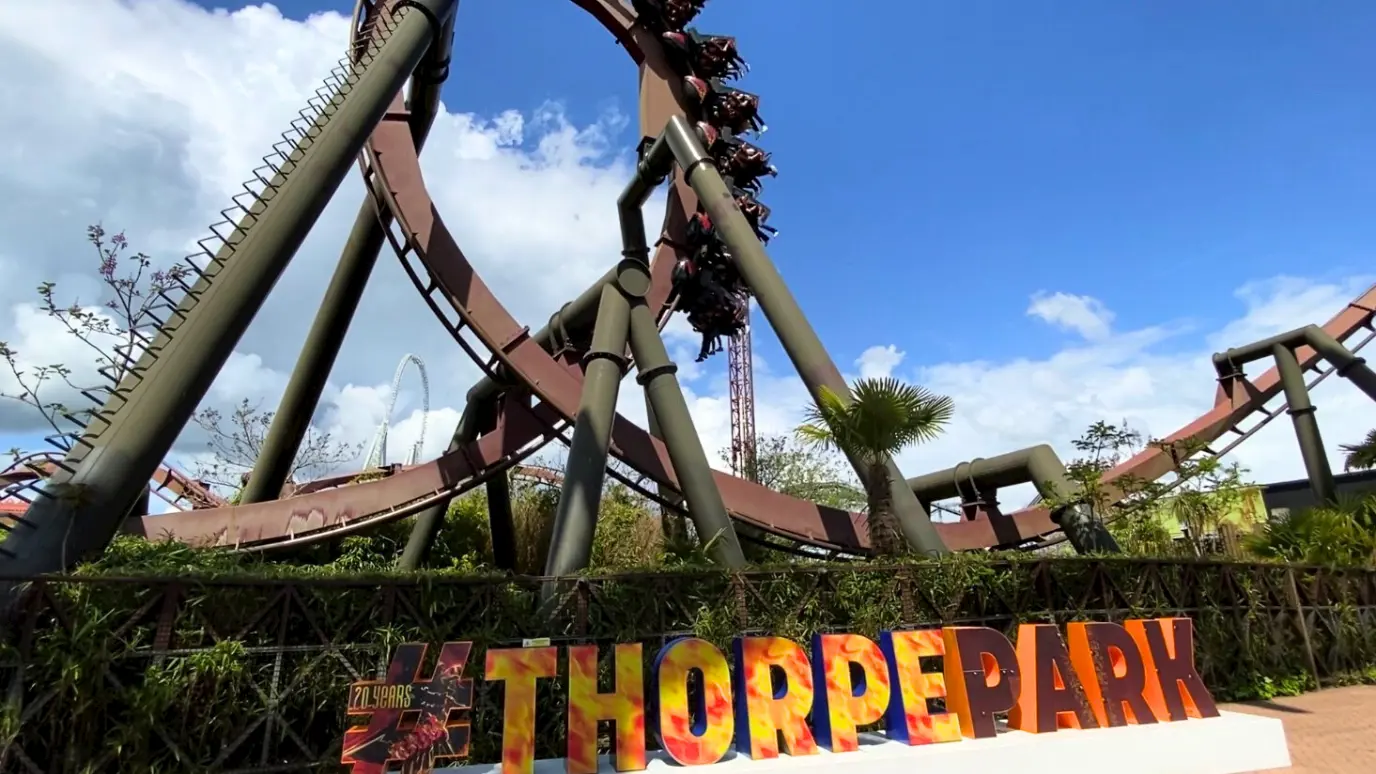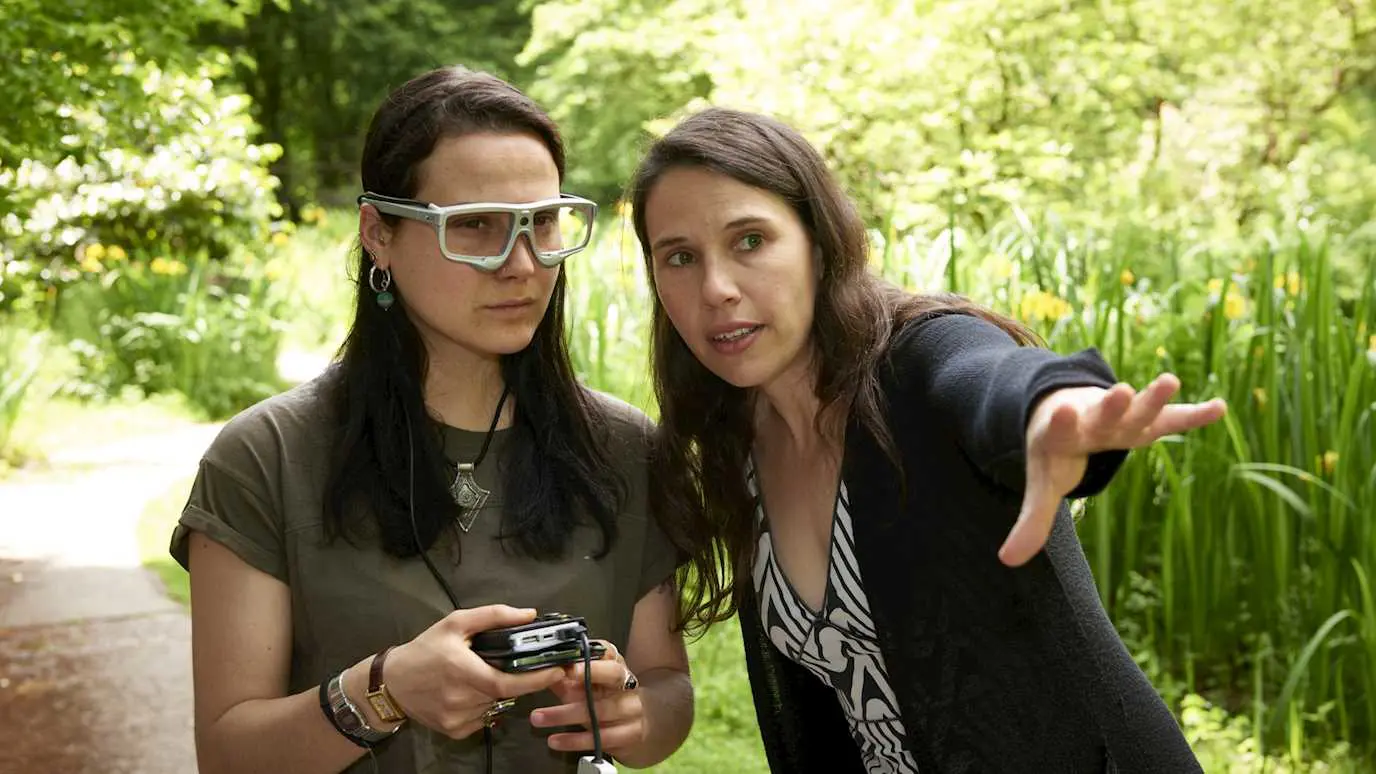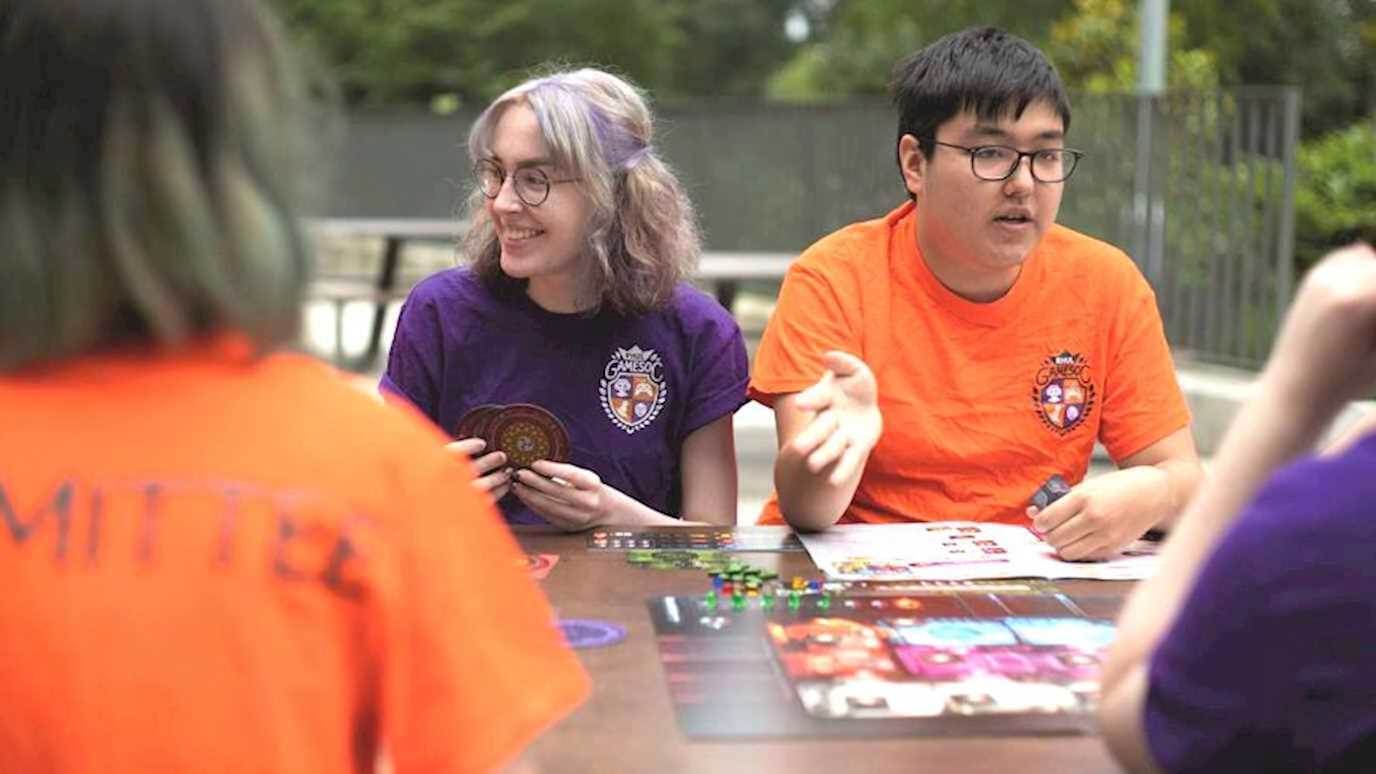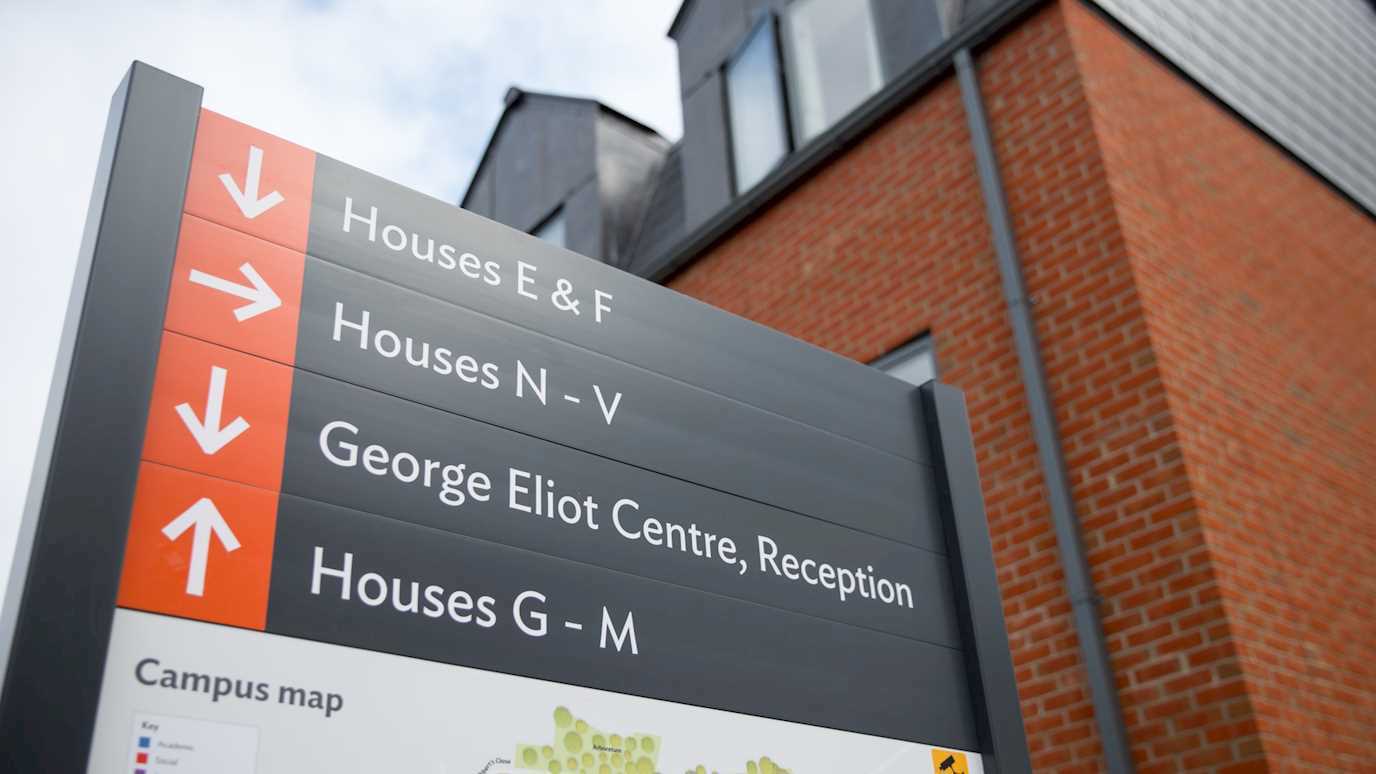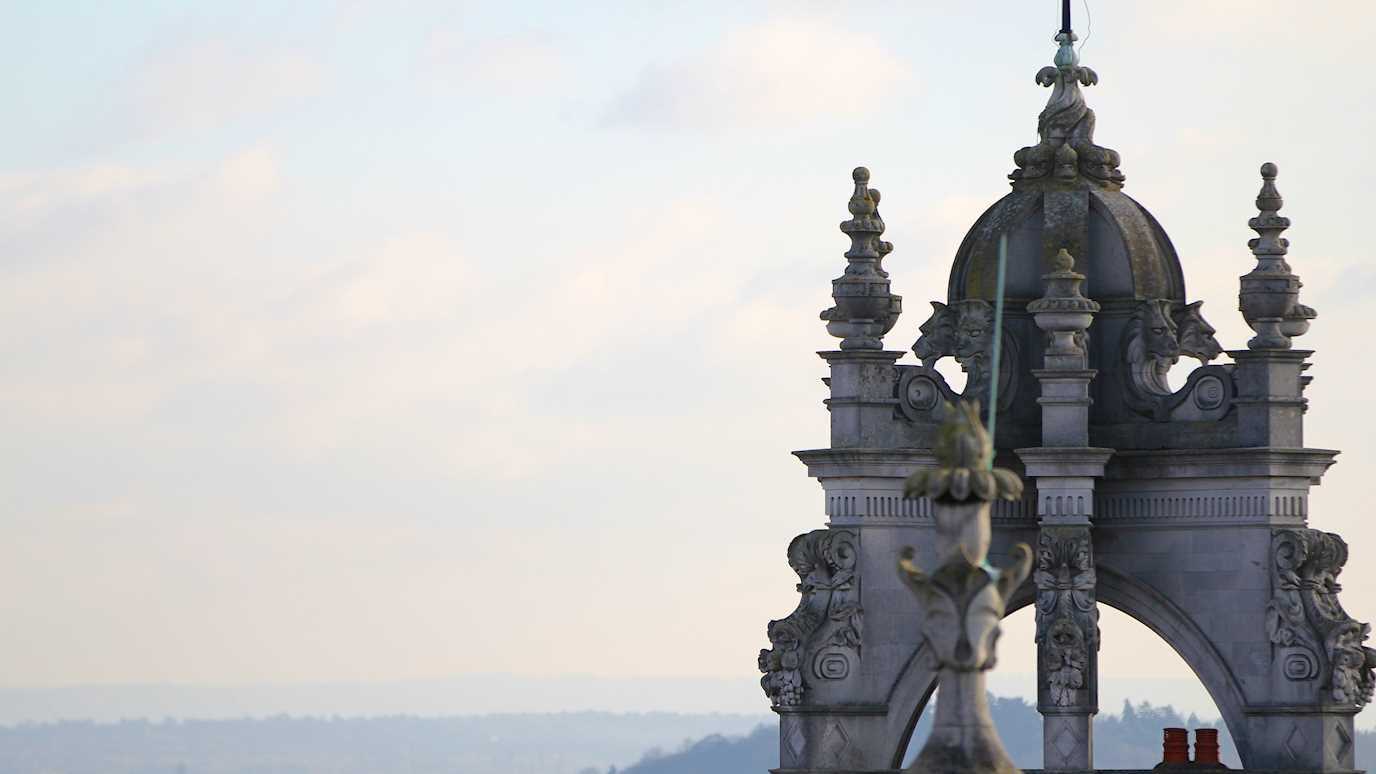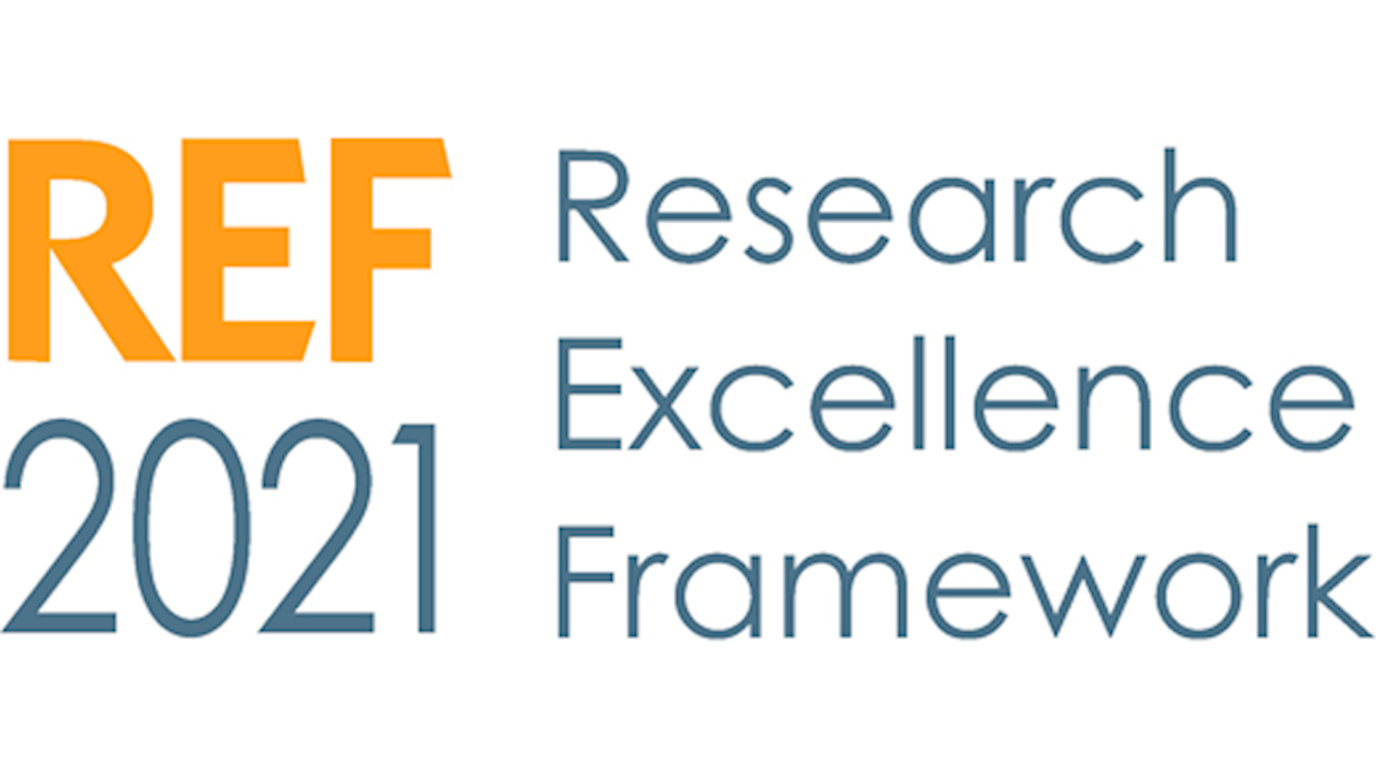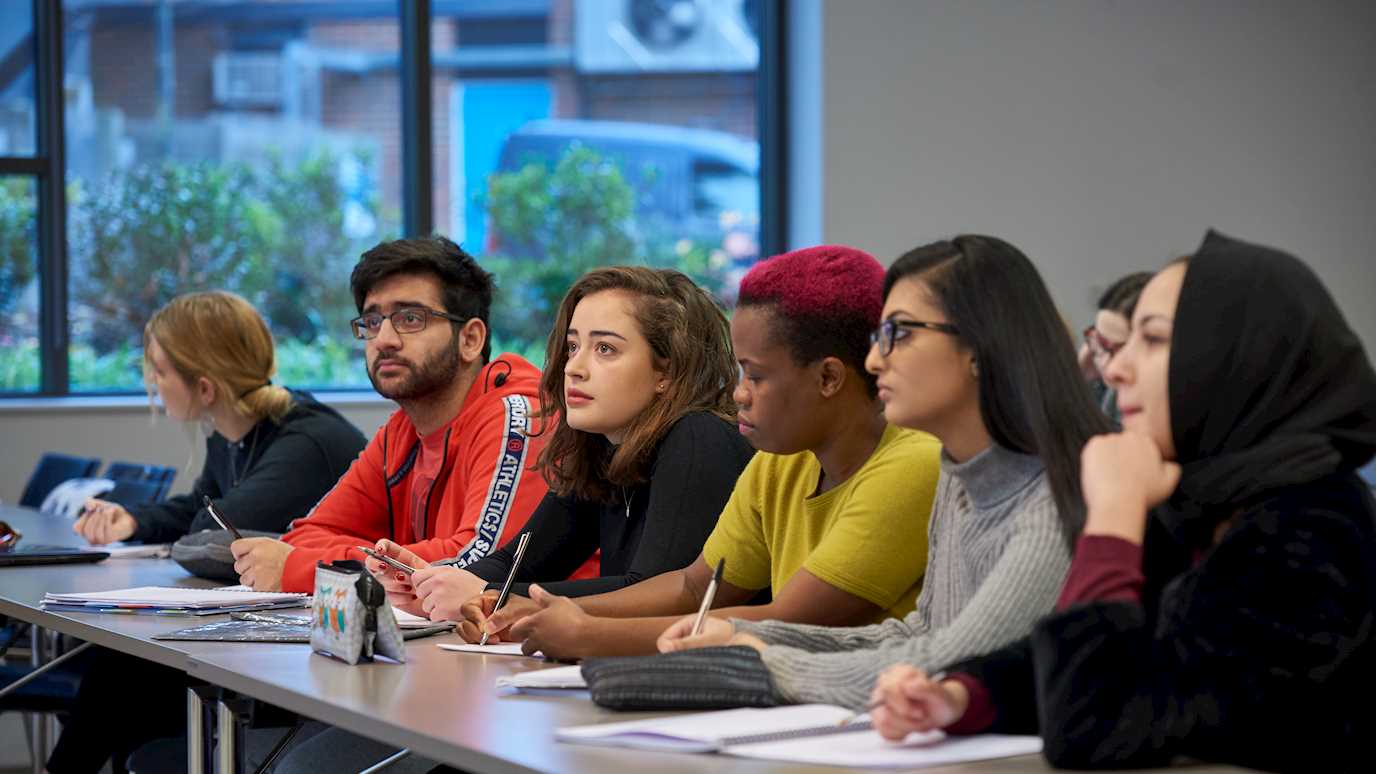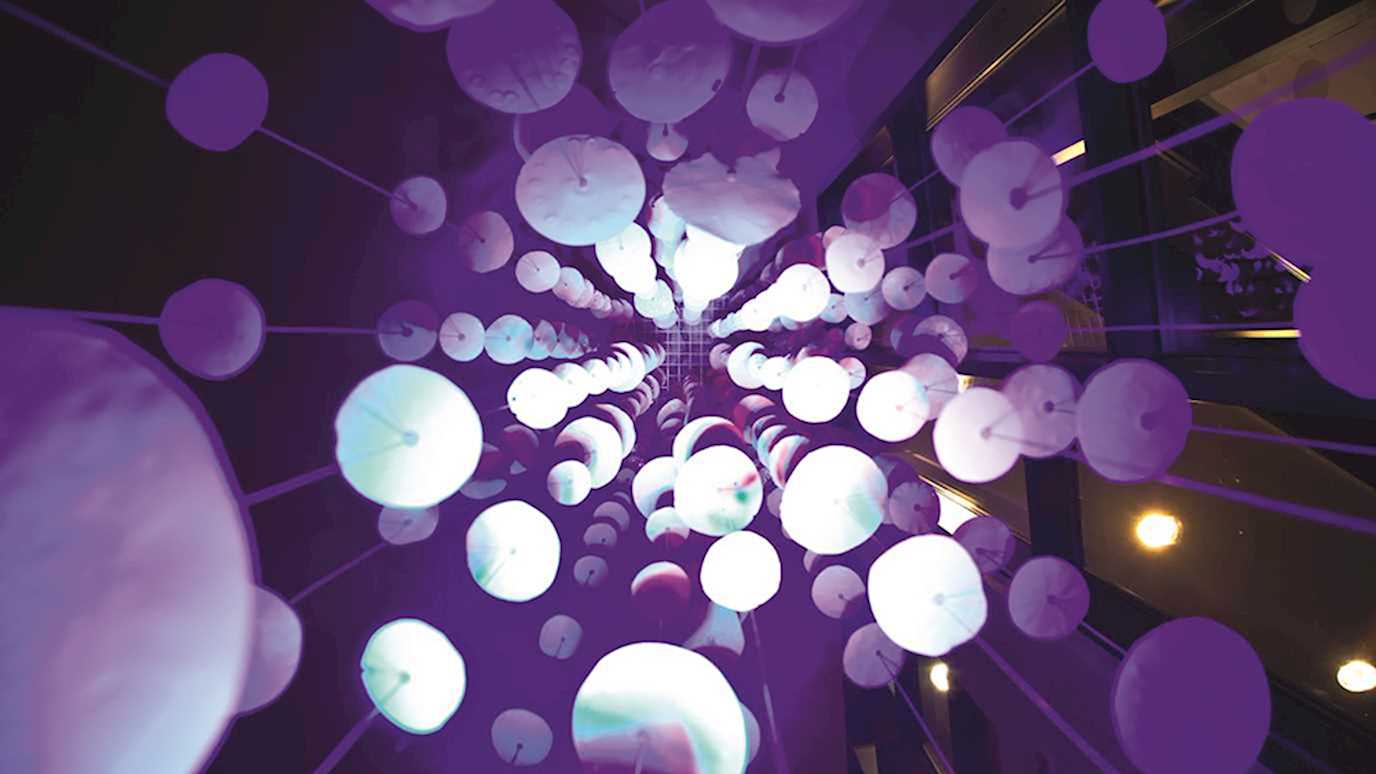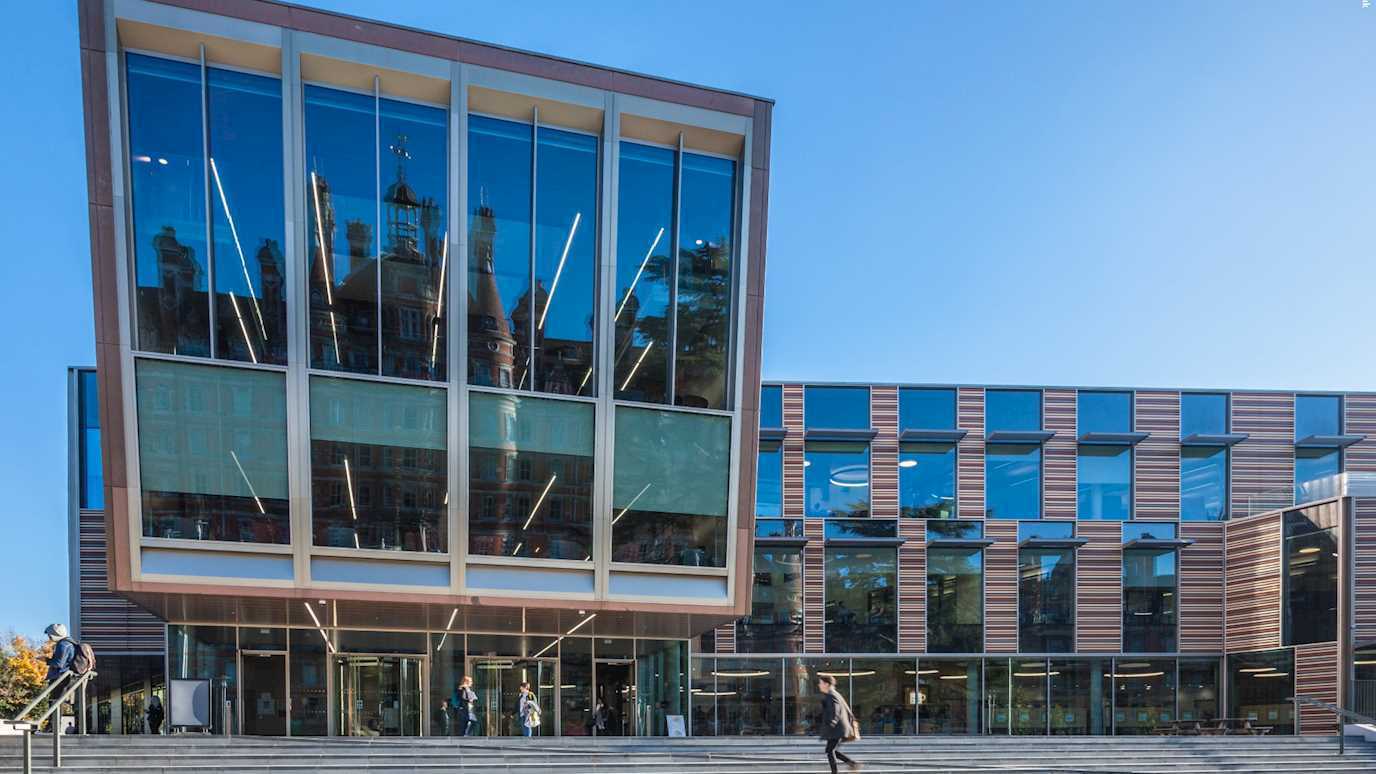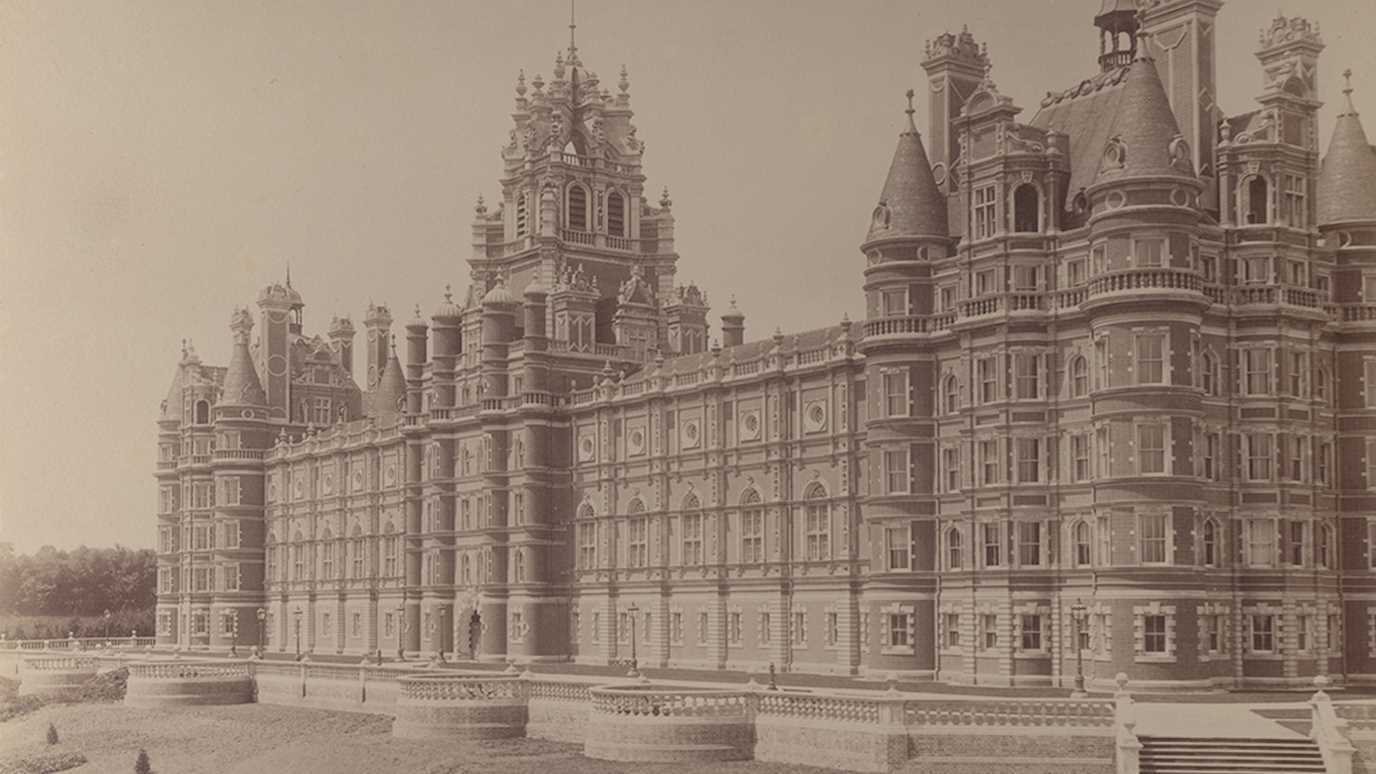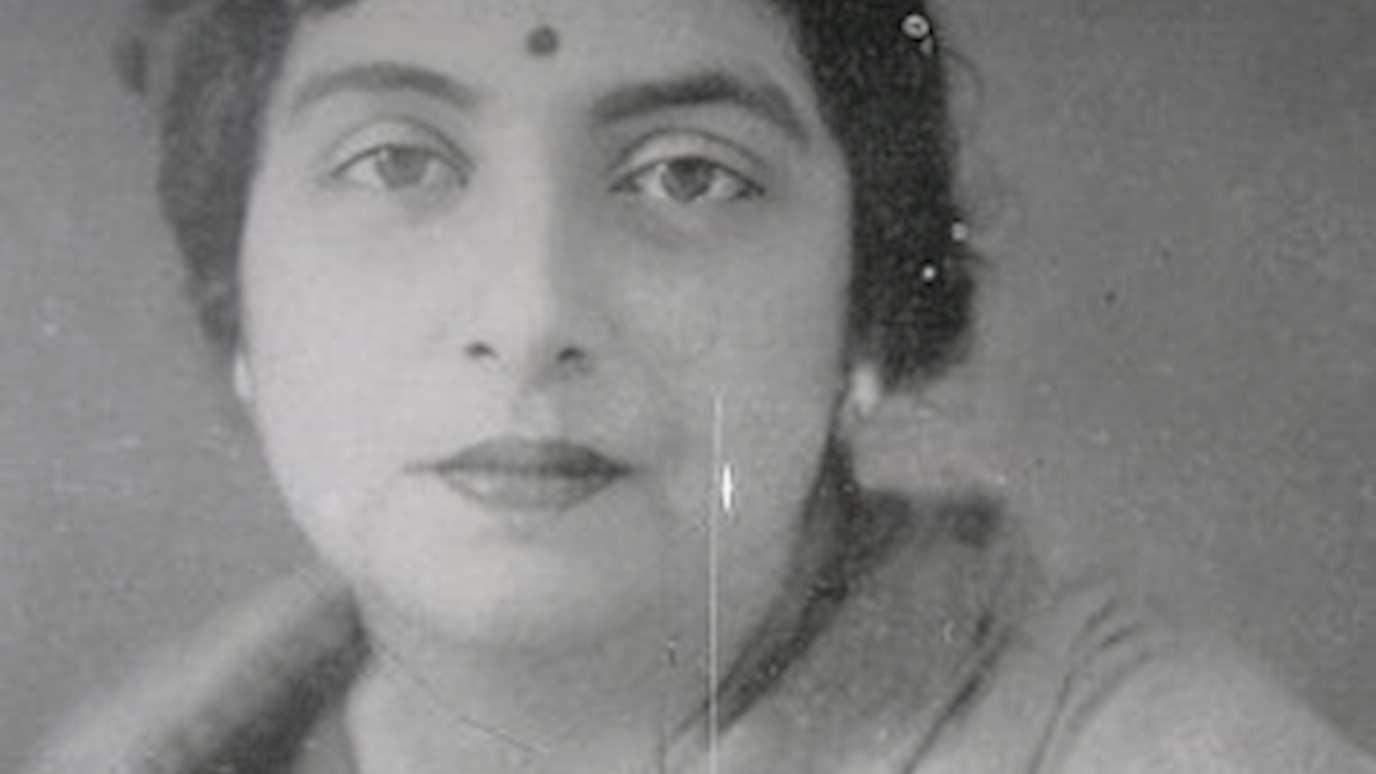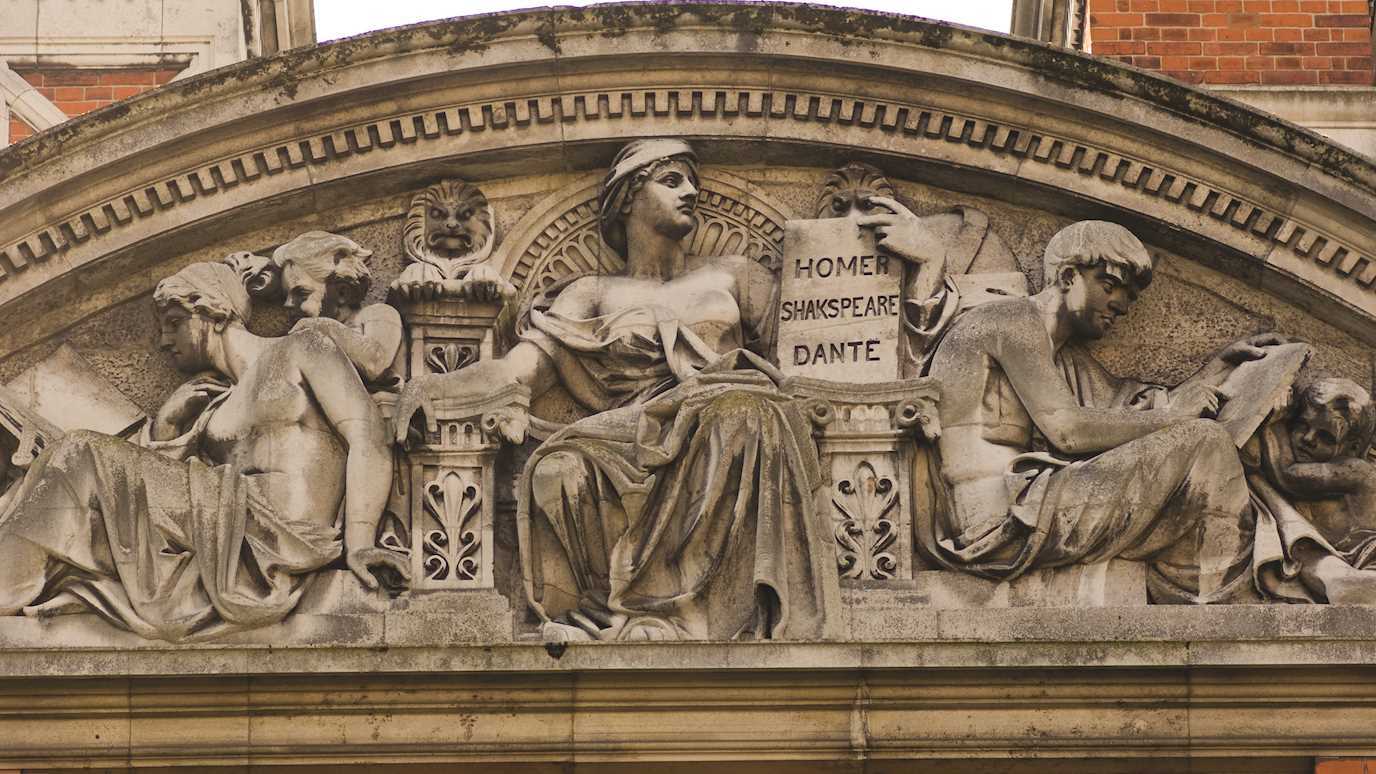Dr Rebecca McCutcheon, Senior Lecturer in Acting & Directing
Historical Context
Born in Russia in 1863 to a wealthy manufacturing family, Stanislavski was an influential performer and director for most of his early adulthood only as an amateur, as during the early 19th century in Russia most professional actors were in fact serfs. Stanislavski’s family discouraged him from this profession.
In 1897 Stanislavski co-founded with playwright Vladimir Nemirovich-Danchenko, the Moscow Art Theatre, a project with significant ideals to ‘change at the root the whole order of rehearsals and the preparation of plays’.
Chief in these aspirations was the aim to move away from starry productions, to cultivate an ensemble of actors without a star, to develop coherent design across sets, costumes, sound and props to support a unified vision of a play.
In 1898 Stanislavski directed a production of Anton Chekhov’s drama The Seagull linking his work with that of Chekhov and of the Moscow Art Theatre in the history of 20th century theatre. Stanislavsky worked on major plays by Chekhov between 1898-1904, as well as plays by Henrik Ibsen (An Enemy of the People), Maxim Gorky (The Lower Depths), with the Moscow Art Theatre becoming the hallmark of realist theatre practice.
Stanislavski began to develop a grammar of acting, what developed into his ‘System’ from 1906 and using these techniques to develop his role in Turgenev’s A Month in the Country in 1909.
Turmoil in Russia in the immediate and longer aftermath of the Russian revolution of 1917 meant that Stanislavski and the Moscow Art Theatre toured internationally perhaps more than many other companies would have done at that time. Looking to writing for personal income (having lost almost all family wealth in the revolution) he published two volumes, An Actor Prepares and Building a Character, which ensured Stanislavski’s ideas have a place in Europe and America.
Key Ideas
Stanislavski was one of the first practitioners to formalize a systematic approach to acting in a written form. Central to his approach is the need for actors to train their minds and bodies to create a performance, utilising imagination, memory and biographical research to create a character. To do this he developed exercises aimed at activating memories of particular emotions, and systems of analysis to uncover the biographical facts about a character from a script. For example, he asked key questions about character’s lives and histories, including right up to the point at which the character appears in the play/scene – so that the actor’s sense of the character is as a complete, coherent person with a life preceding the confines of the script.
Central to an actor’s craft for Stanislavski in an experiential approach to performance – so the character is ‘presented’ – rather than ‘represented’.
In his later years his focus upon textual analysis and improvisation, which he called Active Analysis, took precedence, and his collaborator, director Maria Knebel played a key role in ensuring this significant practice is understood today.
Its important to remember that Stanislavski’s ideas and techniques changed through his life, and were also disseminated differently in different national contexts.
It is also important to recognise that he did not operate in a vacuum – he was constantly developing his work and ideas in collaboration with a range of other creatives, from actors and writers to other directors and educators. Contemporary scholars have observed that the tendency to elevate one single artistic voice within a movement often overshadows the contributions of others, and in particular recognition is now emerging for the work of Maria Knebel in continuing to explore and disseminate the processes of Active Analysis.
Some questions/Things to think about
- What do you think was significant about Stanislavsky’s approach to actor training?
- If you were building a character, what role might analysing the script have to play in your process?
- Stanislavski’s approach requires actors to pay close attention to establishing the intentions which drive their character’s actions onstage. Why do you think an ensemble with a shared training is particularly valuable in creating this kind of work?
- Realism sought to place a version of real life problems on stage – what do you think would be important themes for a realist theatre to address today?
- Active Analysis requires that the company move between close analysis of scenes and improvisations of the underlying actions and intentions in the scene. What do you think is exciting in this approach? And challenging?
Legacy
As the first practitioner to create a systematic approach to performance and to write and publish this in An Actor Prepares and Building a Character, Stanislavsky has had an enormous impact.
In the USA, this can be seen through the influence of his work and later that of Michael Chekhov, another Moscow Art Theatre actor and nephew of the writer Anton, in the development of Lee Strasburg’s Method approach to acting, a New York based studio which trained many actors. Famous films which feature ‘method’ trained actors include Raging Bull (Robert de Niro), Black Swan (Natalie Portman) and Rayy (Jamie Foxx).
In the UK Stanislavsky’s impact is also seen in directorial approaches, particularly around his later work with the Method of physical Actions and Active Analysis; his biographical and psychological approach to character; and textual analysis.
This can be seen in the approaches developed by British directors who have trained in Russia, and includes director Katie Mitchell (National Theatre, Young Vic), Declan Donellan (Cheek by Jowl) and Michael Boyd (Royal Shakespeare Company).
Resources
Viewing:
In this short video Bella Merlin outlines the Six Major Tools in the Actors Kit – Bella Merlin
https://www.youtube.com/watch?v=enPHOb64eaU
Check out this short video by the National Theatre where actors discuss using Stanislavsky’s Method of Physical Actions to mine the text and prepare a performance (The Method of Physical Actions was a process he developed for working with script analysis and improvisation before further refining his work in Active Analysis):
https://www.youtube.com/watch?v=vpEGXrDSXo8
In this video actor Michelle Terry performs in an installation created by Katie Mitchell as Ophelia in Shakespeare’s Hamlet, utilising Stanislavskian approaches to character:
https://www.youtube.com/watch?v=2OD7phopWWk
Reading:
Benedetti, Jean. Stanislavski: An Introduction, Bloomsbury, 2008
Merlin, Bella. The Complete Stanislavski Toolkit. Nick Hern Books. 2007.
Knebel, Maria. Active Analysis. Routledge 2021.
Further Reading:
O’Brien, Nick. Stanislavski in Practice: Exercises for Students. Routledge. 2010.
